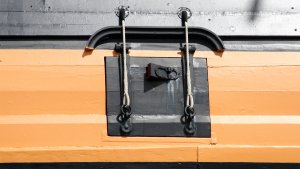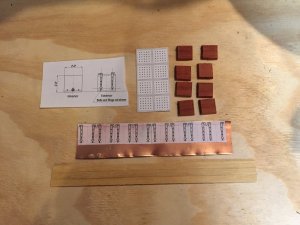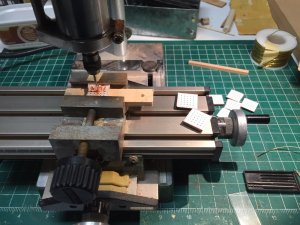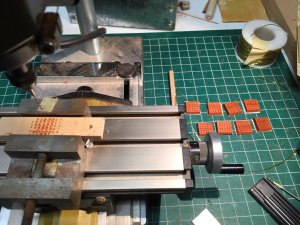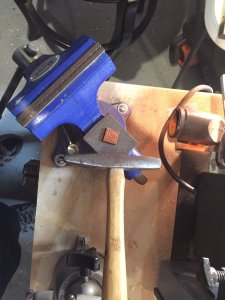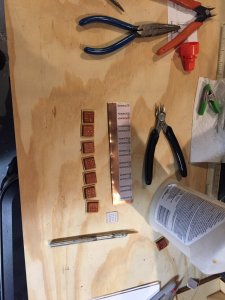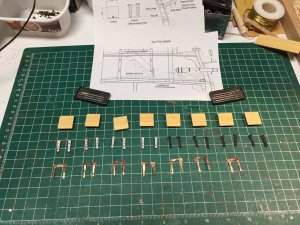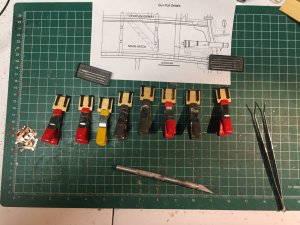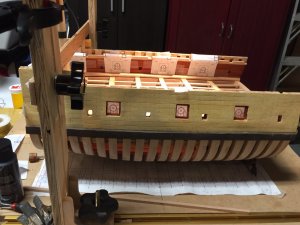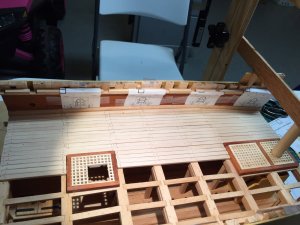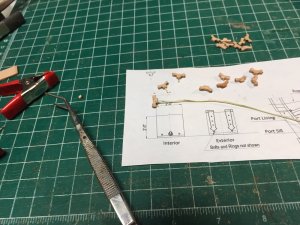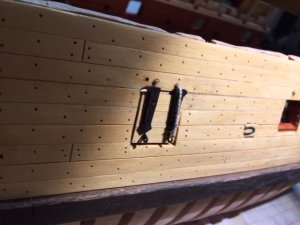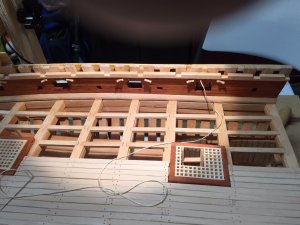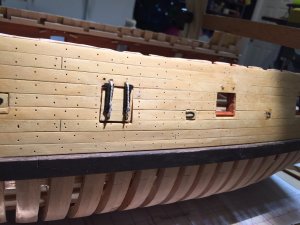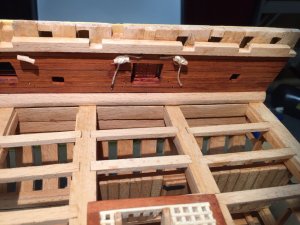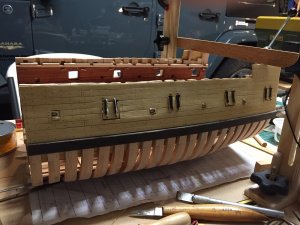Hello everyone,
While I was on the web and searching for information, I accidently stumbled upon information as to the small little windows on the gun lid. These little windows are know as illuminators in order to provide light to the inside of the ship. The following photo will show you what I mean followed by more information of the illuminator.
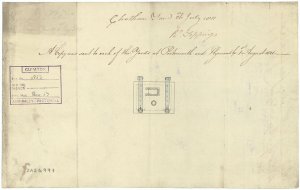 Lenses
Lenses were first installed in decks in the early nineteenth century (Quinn 95ff). I prefer to reserve the term for optical elements with a curved side for more efficiently collecting or distributing light.
The first one was the Pellatt “Illuminator” (1807), known also as the “Patent-Light” or “Bull’s Eye Light.” Dana, in
Two Years Before the Mast (1841), mentions that the forecastle (crew quarters) of the merchant vessel
Alert is “tolerably well lighted by bull’s eyes” in the daytime. The Pellatt lenses were used, not only as decklights, but also as portals and in gunports.
In its original form, it was a lens with a hemispheric top and a flat bottom, five or six inches in diameter and one or two inches thick (centerline), placed in a wood frame (later, a brass or copper collar). Since the convex side was on top (and protruded above the deck), this was a collector lens. The frame could be hinged for ventilation purposes.
By 1818, it was sometimes installed in an inverted configuration, i.e., flat side flush with the deck, and convex side down, arguably making it a “distributor” lens.
However, this didn’t seem to be considered a big advantage because “double flat” lens (I’d call them flush skylights) were sometimes installed (e.g., on the Confederate submarine
Hunley.) A problem with a flush flat glass surface was that it was very slippery when wet, and some ships had textured or roughened deck lenses to improve traction.
Prisms. There was less leakage if a deck fixture fit into a single plank. A square or rectangular lens of plank width transmitted more light than a circular lens of the same width. And rather than give them a curved surface, they could be faceted. The faceted side could face up or down, more often the latter.
Mirrors. In theory, mirrors could be used to redirect light from a window to another part of the interior of the ship.
Raymond



